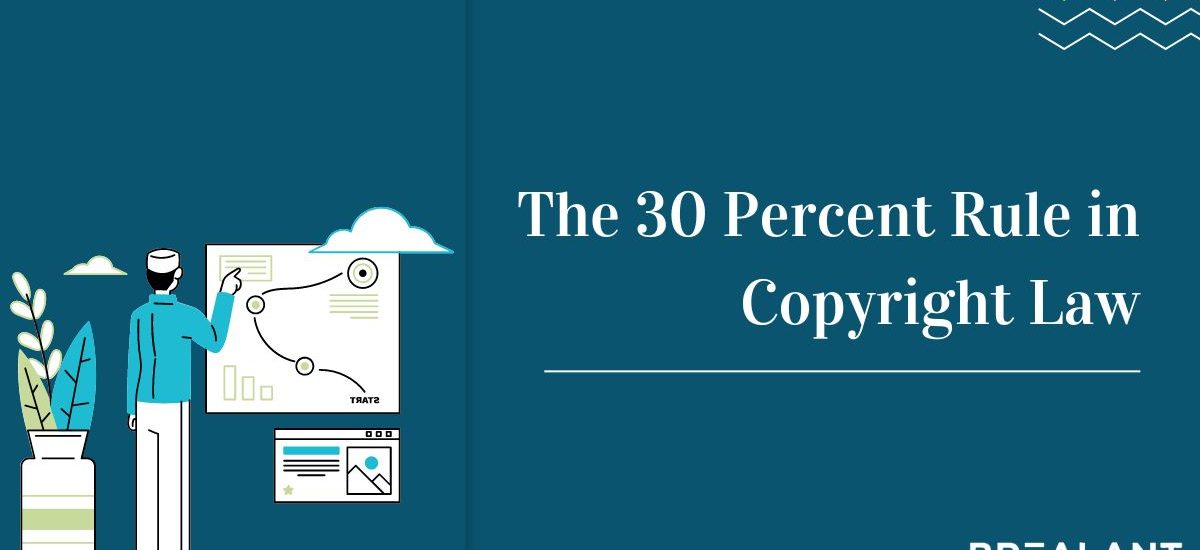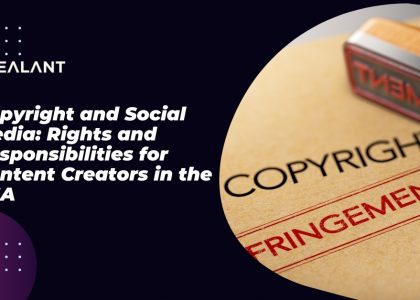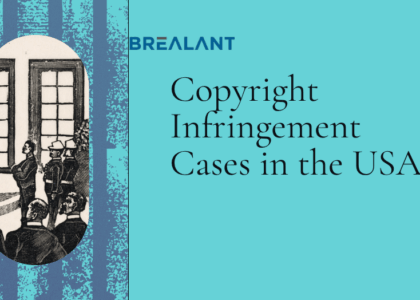Do you remember being taught about copyright law in school? The idea was simple: If you copy something, they can sue you. This rule has changed over time; even now, it can seem unclear. The common law doctrine known as the “30 % rule” provides that where the author has written or created anything, he owns the copyright unless he sells his entire interest in it to someone else. This means that once someone buys the copyright, they can exercise control over the work and prevent anyone else from using it without permission.
Copyright laws define who owns the intellectual property and give them exclusive rights to their creations. For example, a songwriter might write a famous song and get a percentage of royalties every time someone plays it or sells a CD.
How the law came into existence?
It’s very important to determine who owns the copyright before publishing something. A court decision in a case called U.S. v. Paramount Pictures, Inc. ruled that under a certain set of circumstances, authors don’t automatically retain ownership of their creations. In this case, the judge said that a film company had the right to publish movies because the author didn’t retain complete ownership of the films when they sold them. This ruling later became known as the “Paramount principle.”
The Internet paradigm holds that if you alter a work protected by copyright by 30%, it ceases to be an infringement, and you are free to use it however you see fit. In general, this is untrue. Things are far more nuanced than that.
While different courts use various legal standards, the similarities between the two works in context ultimately determine if something is substantially similar. Additionally, the medium affects this judgment.
Is the rule a myth or a fact?
Although the 30% rule myth is common and frequently mentioned online, it is untrue. There is no 30% rule, and you risk violating someone else’s copyright if you reproduce their creative work, essays, websites, or drawings.
The ratio of originality to creativity remains a constant for writers, musicians, and other artists. The concept behind the 30% rule is that to qualify as a work of authorship, the creation must consist of at least 30 percent new material or ideas. This means that 70% must come from previous sources. Therefore, if you want to legally protect your copyright, you need to be careful where you get your inspiration or ideas. Instead of just appropriating other people’s work and claiming it as their own, copyright law is intended to reward makers and encourage others to produce new works of art. Therefore, replicas largely equivalent to the original but not precise are also protected under copyright laws.
The extent of the copying will also determine whether it is protected by copyright law. For example, few words or brief sentences are not covered because copyright law does not grant monopolies on those kinds of things. It is conceivable that an article would still be nearly identical if an infringer changed every tenth word while maintaining the perspective of the original work, the structure, etc.
Here are some points to look for to avoid copyright infringement:
- Don’t forget to write or make original content whenever you can. Regardless of whether the infringer was your contractor or another party, you may be held jointly and severally accountable for the violation.
- Go through various sources when you are formulating your concepts. If you find the right source, go through it, jot down the main points, and frame it in your own words.
- It would be best if you didn’t take it for granted that it’s legal to copy content obtained online without being held accountable. Businesses frequently spend hundreds of thousands of dollars on digital marketing, and their advertising copy is very important. Additionally, duplicates made and posted elsewhere harm the originality of the content and lessen its ability to draw visitors to the author’s website for SEO purposes.
- Don’t simply tweak a few words in an online article and claim it to be your own. When quoting from a blog, be selective and use what is necessary to support your argument. Otherwise, you can be putting yourself in danger of liability. Using a paraphraser that modifies a few words in a piece of work you don’t own can put you at risk for a lot of liability.
Conclusion
Many people mistakenly believe they cannot get into trouble with copyright laws unless they copy something from someone else and put it in their art (or write). This doesn’t seem right.
Even though copyright law is complex, you should always ask permission before taking images or writing stories that contain other people’s ideas. If you violate copyright rules, you could face legal action and penalties.










